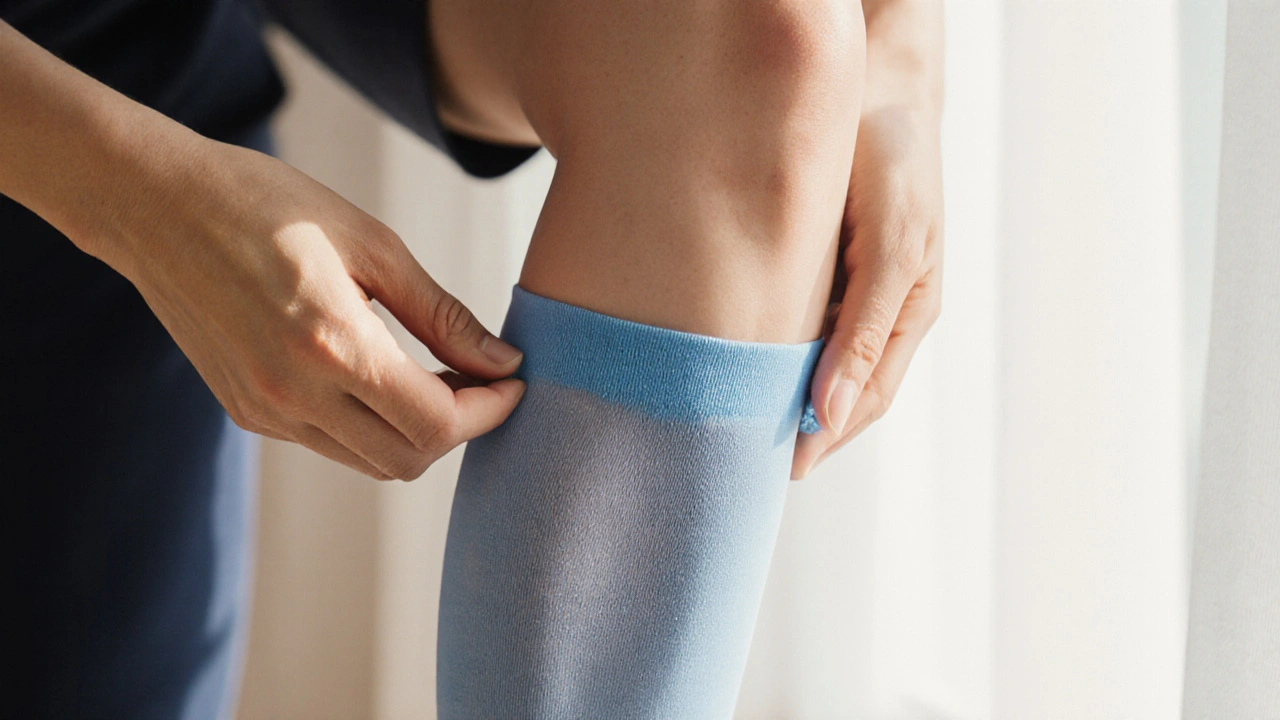Edema Relief: How to Reduce Swelling and Fluid Retention
When dealing with edema relief, the process of reducing excess fluid buildup in tissues to ease swelling and improve comfort. Also known as fluid retention management, it helps restore mobility and prevent complications caused by persistent swelling.
One of the most common medical tools for edema relief is the use of diuretics, medications that increase urine output to help the body eliminate excess fluid. Diuretics work by targeting the kidneys, prompting them to filter out more water and salt, which in turn lowers tissue pressure. This approach is often paired with monitoring electrolyte levels to avoid imbalances.
Beyond pills, compression therapy, the application of graded pressure garments or bandages to push fluid back toward the circulatory system, plays a crucial role in managing swelling, especially in the legs and arms. Properly fitted sleeves or stockings create a supportive squeeze that encourages venous return and reduces the risk of blood pooling.
While drugs and garments address the symptoms, lifestyle modifications, daily habits such as reduced sodium intake, regular movement, and weight management, tackle the root causes of fluid buildup. Cutting back on salty foods lowers the osmotic pull that retains water, and short walks or ankle pumps keep circulation active, preventing fluid from settling.
Inflammation often fuels edema, so anti‑inflammatory options like ibuprofen or natural agents such as omega‑3 fatty acids can be useful adjuncts. These substances reduce the inflammatory cascade that makes capillaries leaky, thereby limiting the amount of fluid that seeps into surrounding tissue.
Water balance isn’t just about what you drink; it also involves kidney health and hormonal signals. For instance, elevated levels of aldosterone can trap sodium, while heart failure can back up blood flow, both leading to swelling. Understanding these connections helps you choose the right combo of medication, compression, and lifestyle tweaks.
Key Strategies for Effective Edema Management
Start with a medical assessment to identify the underlying trigger—be it a medication side effect, chronic disease, or temporary injury. Once the cause is clear, a tailored plan often includes a low‑salt diet, a short‑term diuretic course, and well‑fitted compression wear. Add gentle limb‑raising sessions and regular walking to keep blood moving.
Track your progress by noting changes in limb circumference, weigh‑ins, and how you feel during daily activities. If swelling returns or worsens, revisit your doctor to adjust dosages or explore other options like manual lymphatic drainage.
By combining these approaches—pharmacologic, mechanical, and behavioral—you create a multi‑layered defense against fluid retention. Below you’ll find a curated list of articles that dive deeper into each tactic, compare products, and share real‑world tips for safe, lasting edema relief.
Choosing the Right Compression Stockings for Oedema Relief
A step‑by‑step guide to picking the right compression stockings for oedema relief, covering pressure classes, sizing, material, and care tips.
